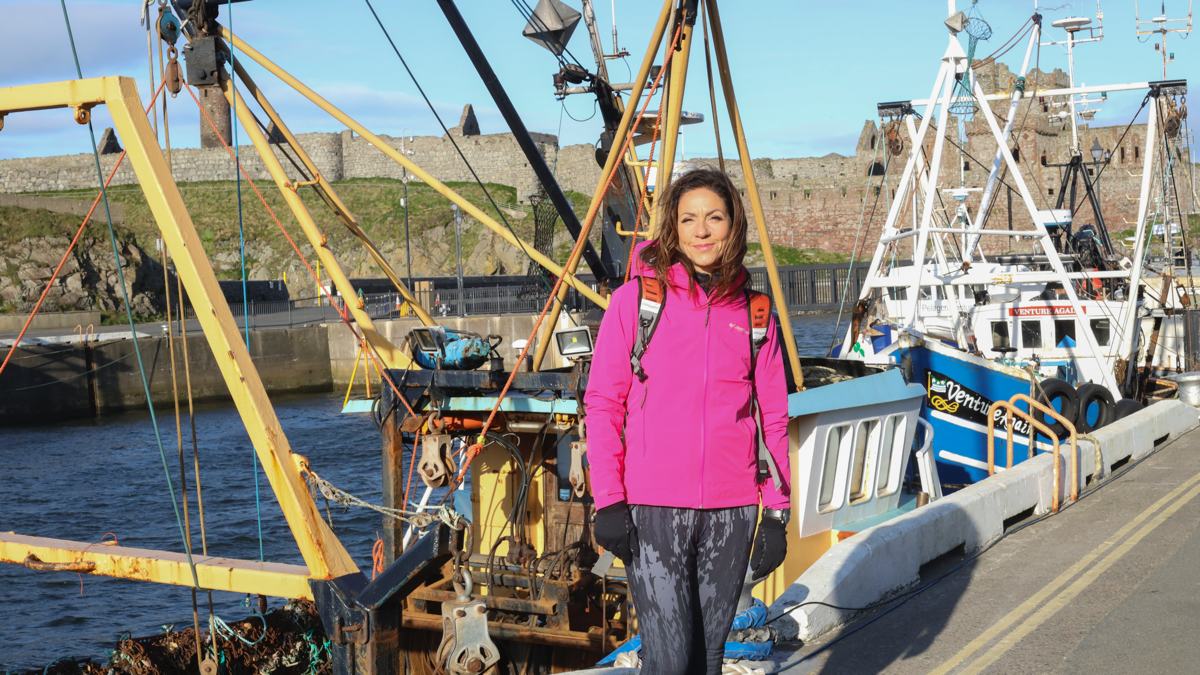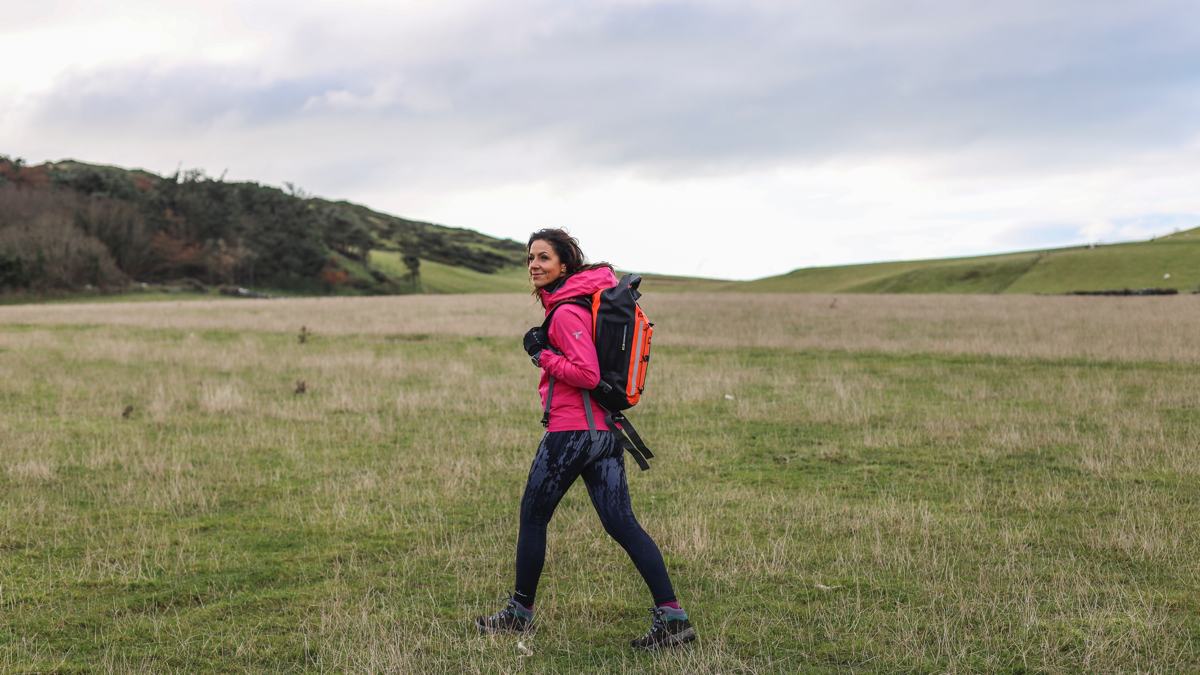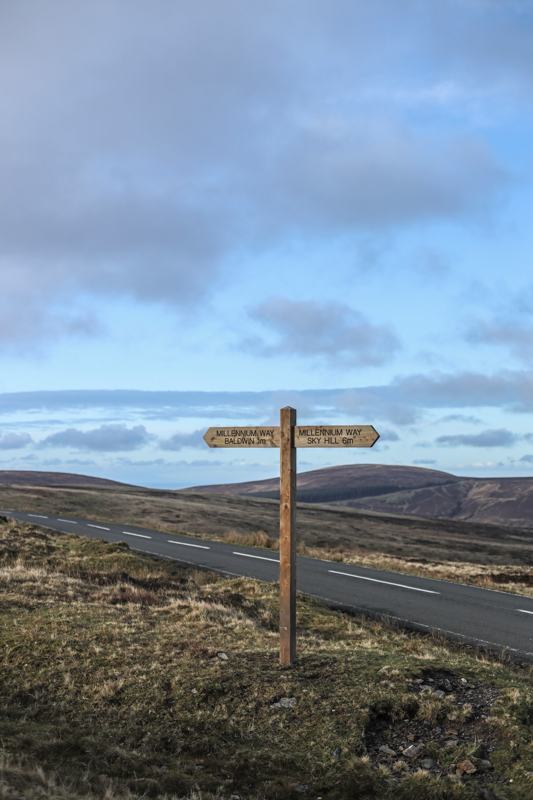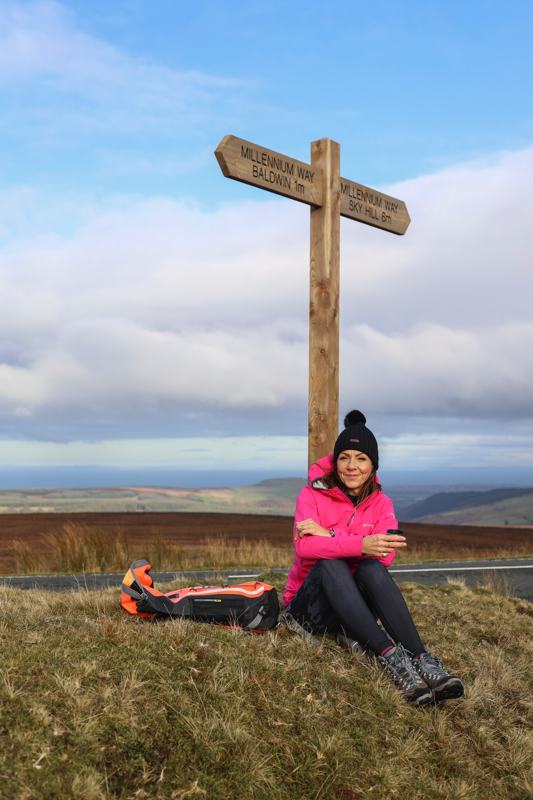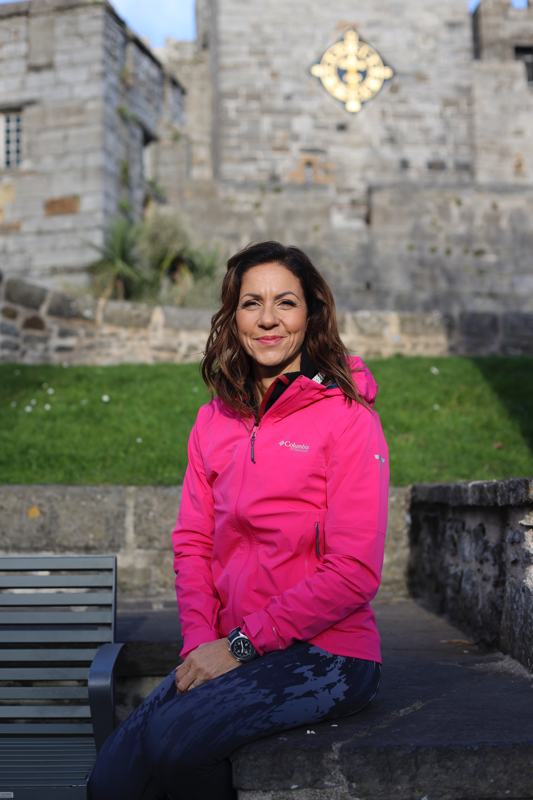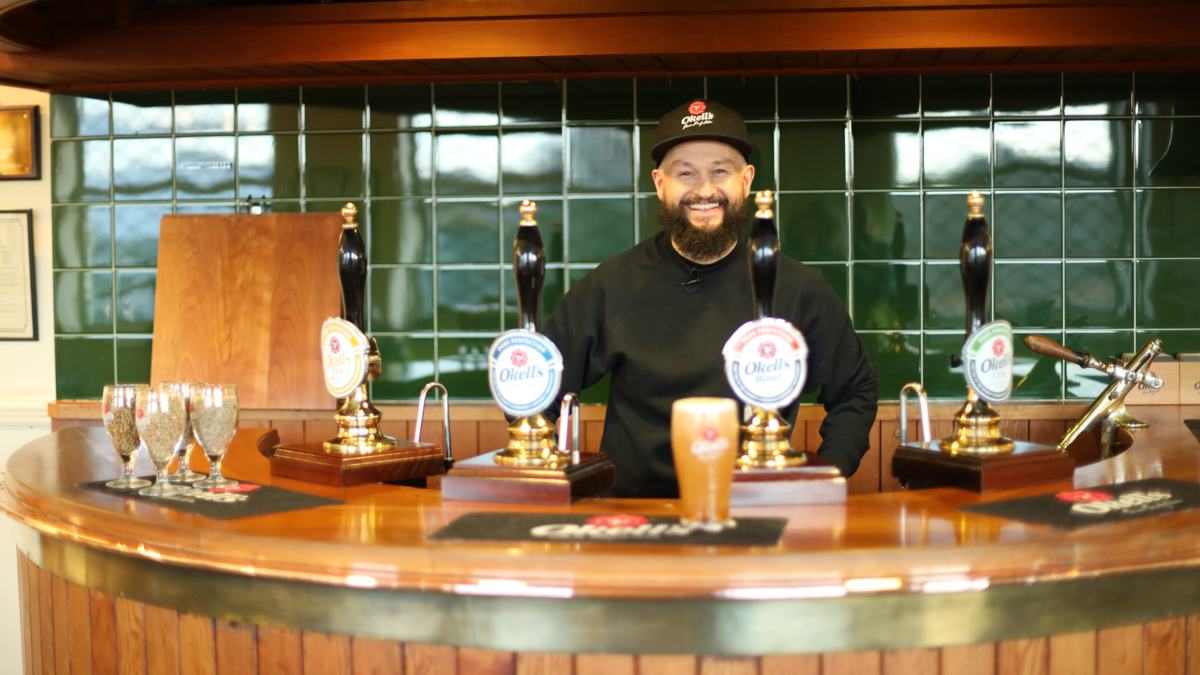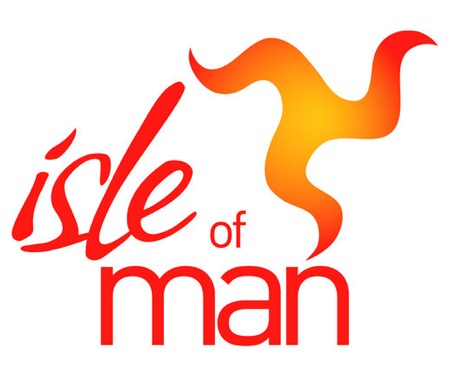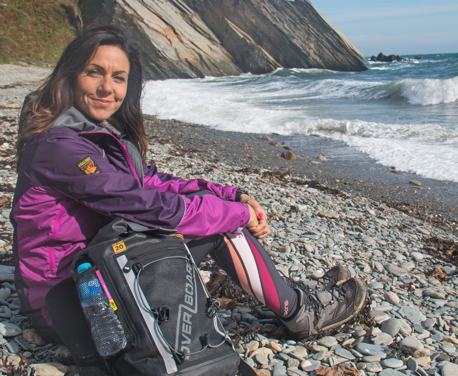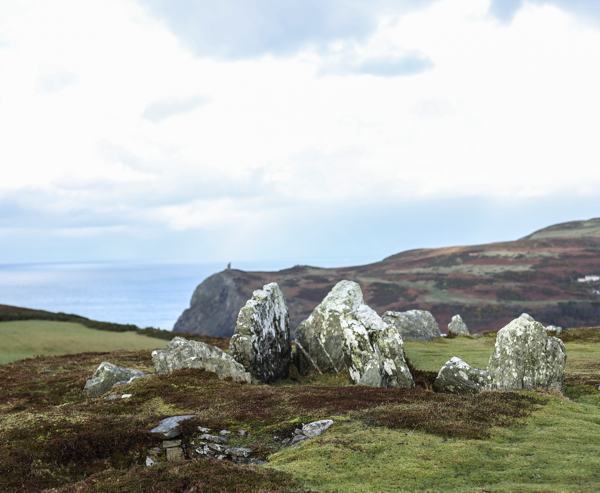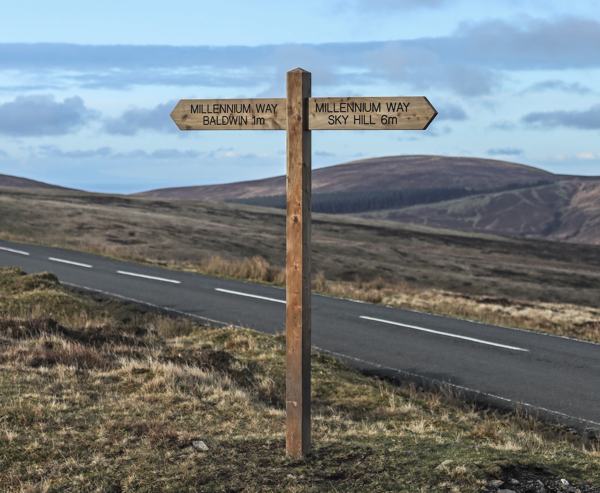All islands have an air of adventure about them and the sea-bound kingdom of the Isle of Man is no exception. Whether taking to the air or sea to travel the short distance from the mainland, landing there is just the start of a journey filled with fun.
There are plenty of flights and ferries daily from the UK and Ireland. It has a familiar air about it but offers a unique character all its own with its own language, Manx, a branch of the Gaelic tongues.
Not exotic but definitely different and very welcome, it’s a place that reminds you how life should be lived. Technically, it’s a self-governing British Crown dependency in the Irish Sea between Great Britain and Ireland.
Curiously, it’s not part of the European Union. It feels rather like being at home but in a different country with a rich history and variety of landscapes.
In fact, it was the first entire nation to be awarded a UNESCO World Biosphere status to acknowledge the island’s unique way of life and its drive to preserve the wildlife, nature, culture and heritage. And it’s that difference that makes it such an attractive destination for a walking holiday.
With more footpath miles than those of roads, there’s no shortage of options to explore on foot. About 53 kilometres (33 miles) long and, at its widest point, 21 kilometres (13 miles) wide, it packs in a huge variety of scenery and interest that we were keen to encounter.
Bus Vannin offers a comprehensive transport system around the Island, whether you choose to travel on the extensive bus network or step back in time and hop aboard the Victorian rail networks. A Go Explore card allows you to travel easily across all Isle of Man Transport scheduled bus and rail services with unlimited travel on scheduled services of the Steam Railway, Manx Electric Railway, Snaefell Mountain Railway, Douglas Horse Trams and buses.
The waymarked Millennium Way takes you on a 28-mile walk from the lovely mixed woodland on Ramsey’s Sky Hill in the north-east right through the heart of the island to finish in the south at Castle Rushen in the appropriately named Castletown.
It was established in 1979 to celebrate the 1000th anniversary of the Manx Parliament, Tynwald, claimed to be the oldest continuous parliamentary body in the world. Once known as the Royal Way, it’s recorded in the 13th Century Chronicles of the Kings of Mann and the Isles.
It crosses an area of peatland, one of the most valuable ecosystems on Earth. Peatlands are critical for preserving global biodiversity and are an important carbon sink that stores more carbon that all other vegetation types in the world combined! Helping to protect this wonderful landscape, boardwalks through the area are a great help in reducing the release of captured Co2.
Whilst exploring the many miles of footpaths would keep you busy for quite a while, strong walkers could tackle the Railway Ramble in a day. It’s a strenuous walk of some 20 kilometers (12.5 miles) that leads across open moorland to Snaefell, the highest point on the island.
For those with really itchy feet, the Raad ny Foillan (Manx Gaelic meaning ‘The Way of the Gull’) runs clear around the island on a 100-mile circuit that starts and ends in the capital Douglas. As the path winds along the coastline, new vistas unfold with so much to see from seals and birds to caves, coves and castles. There’s much more about this brilliant walk in another blog.
After any walk, a drink and a bite to eat are always welcome. With healthy options ranging from local farm produce to freshly caught queenies (scallops), you’ll love the tasty treats!
Plus, there are award-winning Manx ales that have been produced for 100 years and are served in many of the Island’s pubs. In 1874, anything other than the use of natural brewing ingredients – water, yeast, hops and malt – became prohibited on the Isle of Man, making the breweries’ ales famous for purity and flavour.
Just the ticket to refresh the spirits and perk up your feet for more miles of carefree walking!

